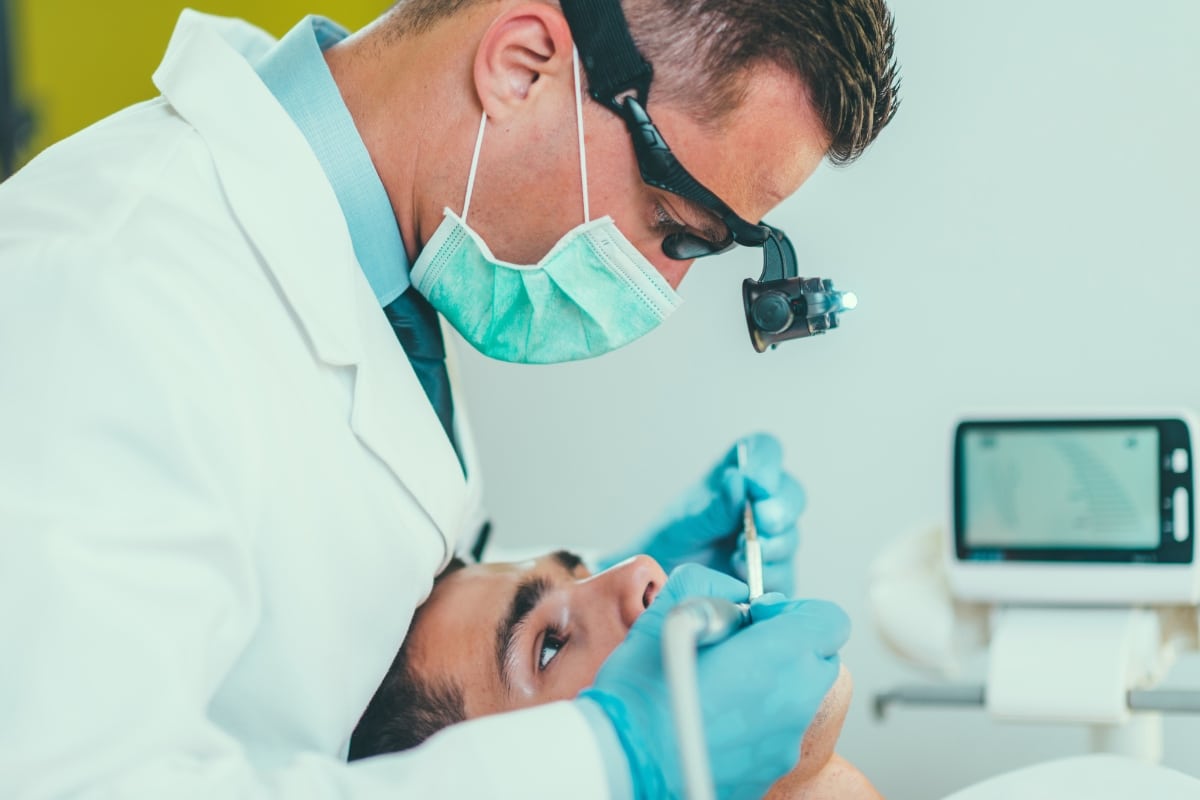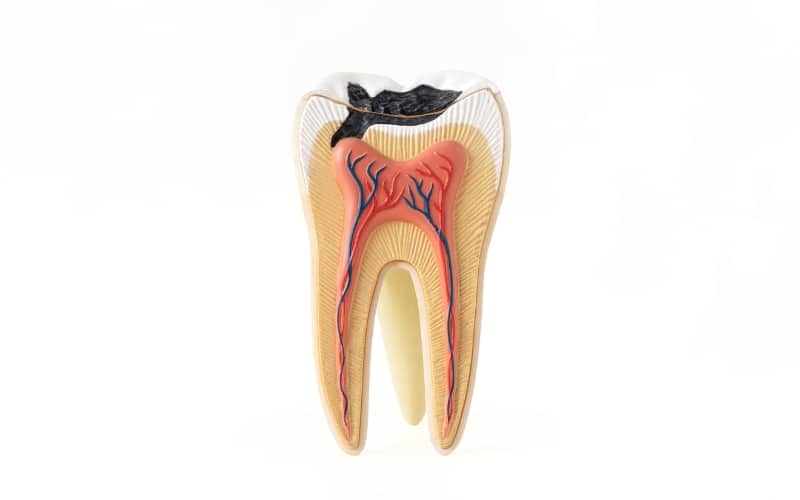New Patients Welcome!

Were you ever informed by your dentist that you require root canal treatment? If yes, you may have a mix of curiosity and fear. Root canal treatments are usually dramatized with fear and anxiety, yet knowing what to anticipate in the procedure can dispel most fears. Let’s get into the details of root canal therapy and uncover the myths behind it.
What Exactly is a Root Canal Treatment?
A root canal treatment, also known as endodontic therapy, is a dental procedure aimed at saving a tooth that is severely infected or decayed. The procedure entails extracting the infected pulp from within the tooth, cleansing and disinfecting the root canals, and subsequently sealing them to deter any future infection.
Understanding the Need for a Root Canal
Before diving into the procedure itself, it’s essential to understand why a root canal may be necessary. When the pulp inside a tooth becomes infected or inflamed due to deep decay, a cracked tooth, or repeated dental procedures, it can cause severe pain and discomfort. If left untreated, the infection can spread, leading to abscesses and even bone loss.
Signs and Symptoms That You Might Need a Root Canal
Identifying the signs and symptoms that indicate the need for a root canal is crucial for timely intervention. Some common indicators include:
- Persistent toothache, especially when chewing or applying pressure
- Sensitivity to hot or cold temperatures persists after the stimulus is removed
- Swelling or tenderness in the gums around the affected tooth
- Darkening or discoloration of the tooth
- Pus drainage around the tooth or gums
If you’re experiencing any of these symptoms, it’s essential to consult your dentist promptly to determine the best course of action.
The Root Canal Procedure Unveiled
Now that we’ve covered the basics, let’s walk through what you can expect during a typical root canal procedure:
1. Initial Examination and Diagnosis
Your dentist will begin by conducting a thorough examination of the affected tooth, possibly using X-rays to assess the extent of the damage. Based on their findings, they will diagnose whether a root canal is necessary and discuss the procedure with you.
2. Local Anesthesia
Before commencing the root canal procedure, your dentist will administer local anesthesia to numb the area around the affected tooth. This ensures that you stay comfortable and free from pain throughout the treatment process.
3. Accessing the Tooth
After the anesthesia has taken effect, your dentist will make an opening in the crown of the tooth to access the infected pulp chamber and root canals. This step involves removing any decayed or damaged tooth structure to reach the pulp.
4. Cleaning and Shaping the Root Canals
Using specialized instruments, your dentist will carefully clean and shape the root canals to remove the infected pulp and debris. This step is crucial for ensuring the thorough elimination of bacteria and preventing reinfection.
5. Irrigation and Disinfection
The root canals are irrigated with antimicrobial solutions to flush out any remaining bacteria and disinfect the area thoroughly. This helps eliminate infection and promotes healing.
6. Filling and Sealing the Canals
Once the root canals have been cleaned and disinfected, they are filled with a biocompatible material, typically gutta-percha, to seal them and prevent bacteria from re-entering. The access opening in the tooth is then sealed with a temporary or permanent filling.
7. Restoration of the Tooth
In some cases, a tooth that has undergone root canal treatment may require additional restoration, such as a dental crown, to strengthen and protect it from further damage. Your dentist will discuss the appropriate restoration options based on your specific needs.
8. Post-Treatment Care and Recovery
Following the root canal procedure, you may encounter mild discomfort or sensitivity, typically manageable with over-the-counter pain medication. Adhering to your dentist’s post-treatment guidelines, such as practicing proper oral hygiene and taking prescribed medications, is crucial.
Root canals do not have to be intimidating, and knowing the process and what to anticipate can make the anxiety and fear seem less overwhelming. When you are in Ventura and in need of professional dental services, our dental professionals are available to offer friendly and individualized care to restore your smile to its healthy state. Don’t let fear prevent you from reaching a healthy and gorgeous smile – call to schedule an appointment today and take the first step toward optimal dental health.





